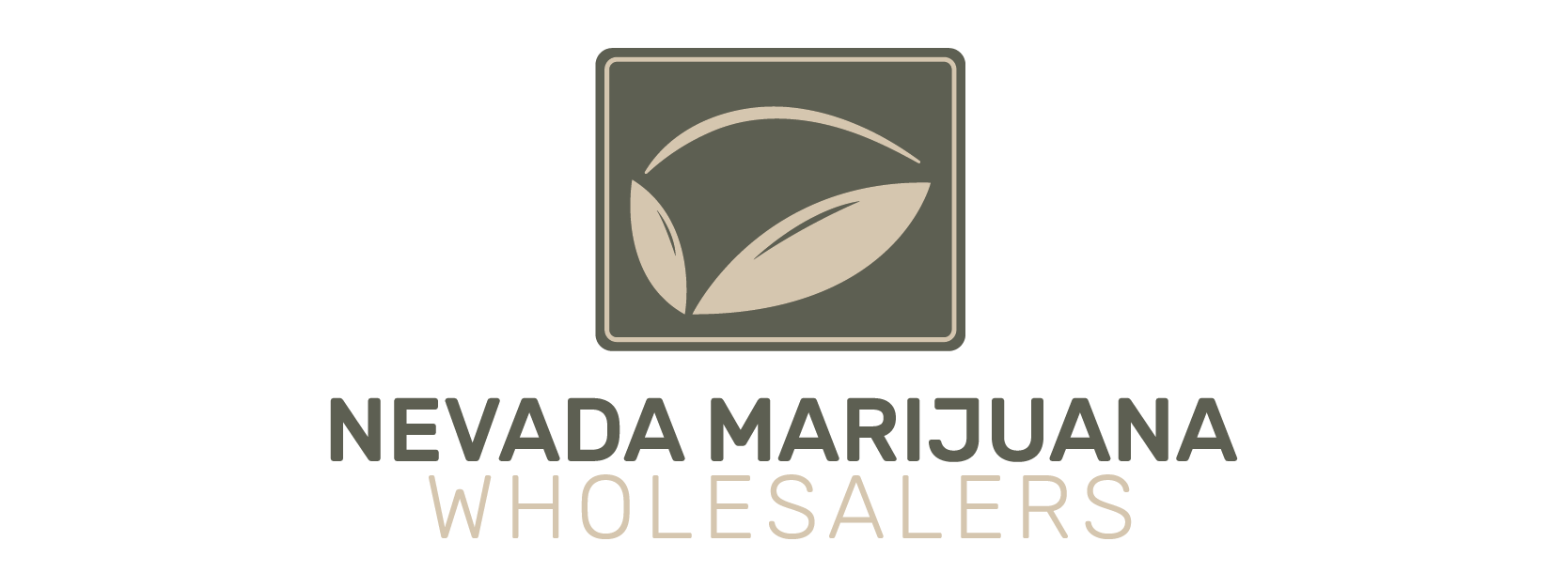Nevada’s cannabis shelf looks different than it did even a year ago. Retailers are carrying tighter, faster-moving assortments, while some categories—especially value flower, all-in-one vapes, and quick-onset edibles and beverages—are earning more front-of-house space. These shifts reflect a market working through lower average prices and softer unit demand: statewide sales in August 2025 were down year over year, with falling unit volumes and an average item price near $21, a signal that consumers are trading down or waiting for deals.
Positive impacts first: breadth where it truly matters. Curated availability helps shoppers navigate quickly in a high-velocity tourist market. Stores lean on basket insights to pair items—think a 1g disposable with a 5-pack gummy or a drink—because the data show which products are purchased together. That makes planograms more deliberate and cross-category promotions more effective, improving conversion and average order value without simply cutting price.
Second, availability supports compliance-forward experiences. Nevada’s Cannabis Compliance Board (CCB) counts hundreds of active licenses across the supply chain, giving retailers a sizable bench of compliant suppliers. A broad, vetted base reduces single-vendor risk and encourages innovation cycles (e.g., new minor-cannabinoid SKUs or fast-acting tech). For the consumer, that translates into reliable labeling, consistent dosing, and more formats at multiple price tiers.
Third, category diversity expands trial—especially among first-timers and visitors who prefer discreet formats. Beverages are still a small slice nationally, but they’re growing and punch above their weight inside edibles. As more Nevada stores stock chilled single-serves and bundle them with cones or low-dose gummies, new consumers try THC without smoke or smell, nudging demand toward low-odor, social settings.
Tourism infrastructure amplifies these advantages. As on-site consumption lounges roll out in Las Vegas, operators are tuning availability to “sessionable” SKUs—low-dose drinks, infused mocktails, and shareable pre-rolls—that fit hospitality moments. This feedback loop (lounges curate; consumers sample; retailers watch baskets) accelerates what’s trending in the rest of the valley’s stores.
But availability cuts the other way, too. When wholesale conditions tighten or brands rationalize SKUs, out-of-stocks can push shoppers into substitute categories they don’t love, prompting churn. Nevada’s data also show a multi-year comedown from the pandemic peak with revenue pressure per retailer, which forces tough assortment choices: fewer slow movers, more velocity items. Consumers may experience this as “less discovery,” particularly in small batch flower and niche concentrates.
Price compression layers on. With sales and units sliding year over year, many retailers prioritize opening-price-point eighths, value pre-roll multipacks, and discounted AIO vapes to protect traffic. Shoppers benefit in the short term—more deals, lower everyday prices—but brand equity can suffer if margins allow less investment in quality inputs or fresh genetics. Over time, persistent discount signaling trains consumers to wait for promotions, damping full-price sell-through and limiting how adventurous menus can be.
Even in a constrained environment, availability shapes healthier long-run habits. Retailers that keep a scaffold of “good-better-best” across each category—classic indoor flower SKUs, terp-forward live cartridges or rosins, and approachable micro-dose edibles—give consumers permission to ladder up when budgets recover. Pairing strategies rooted in basket analysis (e.g., terpene-aligned pre-rolls with same-terp beverages) help shoppers understand effects, not just THC%, raising satisfaction and repeat rates.
Regulatory steadiness matters, too. The CCB’s licensing and enforcement framework keeps the supplier base stable enough for retailers to make longer-term bets on inventory and education. That supports durable trends—like fast-acting emulsions and solventless SKUs—because stores can plan staff training and merchandising around items that won’t vanish overnight.
Looking ahead, expect three availability-driven consumer behaviors to harden in Nevada: (1) low-odor formats for social and hospitality venues (beverages, disposables, minis), boosted by lounge culture; (2) an everyday value tier that remains permanent, not promotional; and (3) a slimmer, more intentional set of premium craft SKUs that win on flavor, freshness dates, and storytelling rather than raw potency. The throughline is simple: what’s on the shelf—and cold in the cooler—teaches the market what to want next.
